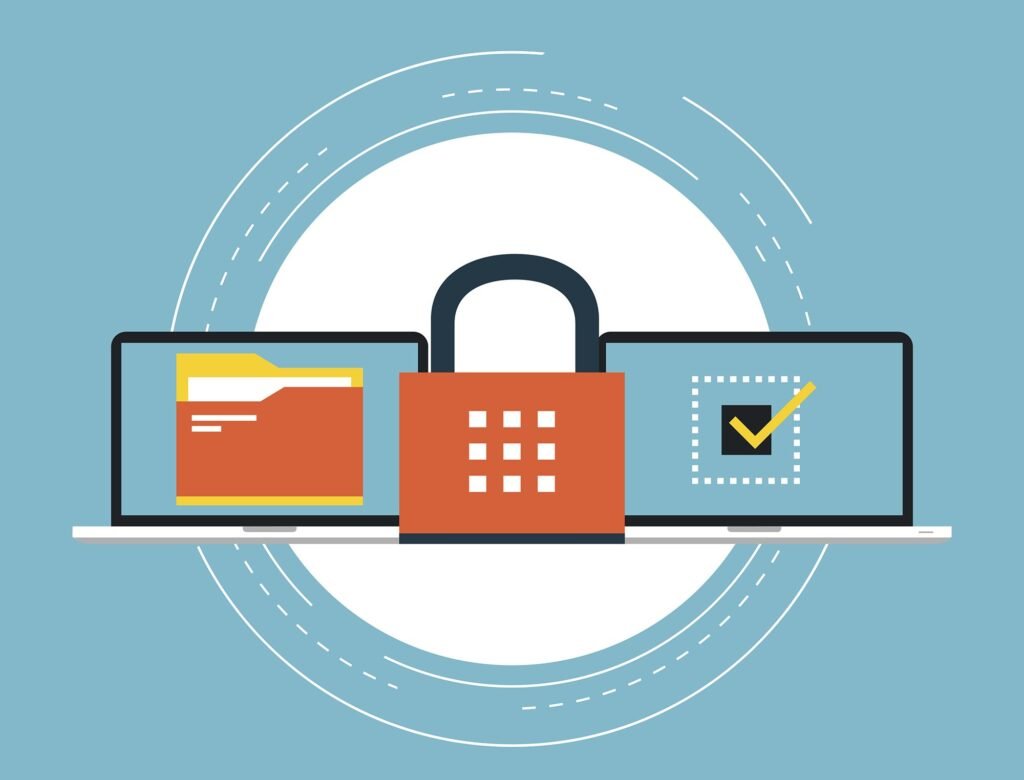Building a website is like building a house – you invest time, effort, and often sensitive information. Just like securing your home, safeguarding your website is crucial. Luckily, with Hostinger and a proactive approach, you can create a fortress against online threats. Let’s dive into a comprehensive security checklist specifically tailored for Hostinger users:
Hostinger’s Built-in Defenses:
- Industry-Standard Security: Hostinger prioritizes your data with 24/7 server monitoring, web application firewalls, malware scanning, DDoS protection, and robust encryption.
- Secure Software: Their infrastructure runs on updated software, minimizing vulnerabilities.
- Backups & Restoration: Regular backups ensure quick recovery in case of unforeseen events.
Your Active Steps for Maximum Protection:
1. Craft Impregnable Passwords:
- Strong & Unique: Use a password manager to generate lengthy, unique passwords for Hostinger and all other accounts. Avoid dictionary words and personal information.
- Enable Two-Factor Authentication (2FA): Add an extra layer of security by requiring a code from your phone or authenticator app for logins.
2. Secure File Access:

- SFTP over FTP: For file transfers, always use SFTP (Secure File Transfer Protocol) for encryption and added protection compared to plain FTP.
- Limit User Access: Assign access permissions only to authorized users for specific website areas.
3. Keep Everything Updated:
- Hostinger Updates: Ensure automatic updates for your hosting plan and website software (e.g., WordPress, CMS) are enabled.
- Plugins & Themes: Update plugins and themes regularly to patch vulnerabilities. Consider using security-focused options.
4. Scan for Malware Regularly:
- Hostinger’s Tools: Utilize Hostinger’s malware scanning tools to proactively identify and remove threats.
- Additional Security Plugins: Depending on your website platform, consider installing and configuring security plugins for extra protection.
5. Back Up Regularly:

- Schedule Automatic Backups: Set up regular backups (daily or weekly) to your local machine or cloud storage for quick disaster recovery.
- Multiple Backups: Don’t rely on a single backup location. Store copies in different places for added security.
6. Harden Your Website:
- Disable Unused Features: Turn off unnecessary functionalities and plugins to minimize potential attack vectors.
- Change Default Settings: Modify default usernames and database prefixes to make them less predictable for attackers.
7. Stay Informed:
- Hostinger Security Updates: Subscribe to Hostinger’s security updates and blog to stay informed about potential threats and mitigation strategies.
- General Cybersecurity News: Keep yourself updated on general cybersecurity trends and best practices to adapt your defenses accordingly.
Bonus Tips:
- Use a Content Delivery Network (CDN): A CDN helps mitigate DDoS attacks and improves website performance.
- Consider Website Monitoring Services: These services can alert you to suspicious activity and downtime.
- Educate Yourself and Your Team: Regularly discuss cybersecurity best practices with your team to maintain a culture of security awareness.
By following this checklist and leveraging Hostinger’s security features, you can build a website that’s resilient against online threats. Remember, security is an ongoing process, so stay vigilant and adapt your defenses as needed.
By implementing these optimization tips, you can ensure your article reaches a wider audience and helps website owners secure their online presence.

